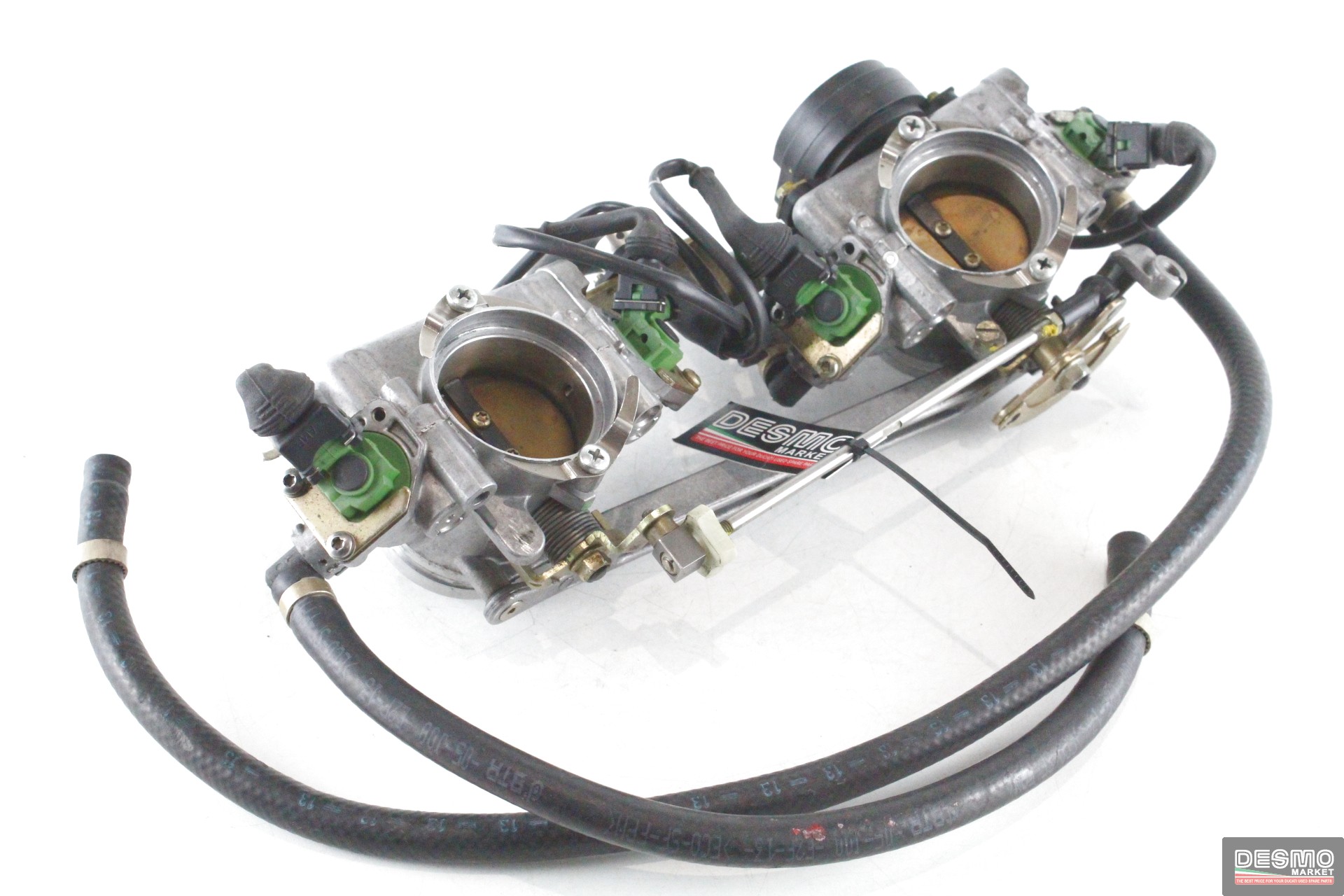TR Conn
Member
- Joined
- Dec 13, 2006
- Location
- Long Beach, Ca
New question...
I''m running the Megasquirt with direct coil control.
This requires that the distributor to be re-phased.
In my quest for easy return to stock, would it be advisable and strong enough if I were to cut the head off of the distributor rotor and reattach it about 25 or so degrees retarded? I was thinking JB Weld .
Instead of locking the distributor advance, I could set Megasquirt at fixed timing and use the centrifugal advance. I realize this removes a lot of flexibility, but I could switch back to carbs by just pulling the MS fuse, re-routing a couple of wires, the fuel pump, reinstall a stock rotor, reset the timing and drive away.
Feedback???
Thanks,
TR
I''m running the Megasquirt with direct coil control.
This requires that the distributor to be re-phased.
In my quest for easy return to stock, would it be advisable and strong enough if I were to cut the head off of the distributor rotor and reattach it about 25 or so degrees retarded? I was thinking JB Weld .
Instead of locking the distributor advance, I could set Megasquirt at fixed timing and use the centrifugal advance. I realize this removes a lot of flexibility, but I could switch back to carbs by just pulling the MS fuse, re-routing a couple of wires, the fuel pump, reinstall a stock rotor, reset the timing and drive away.
Feedback???
Thanks,
TR

